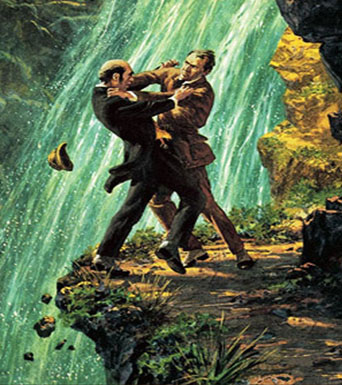by Alex Buchet
Individualism is a mature and calm feeling, which disposes each member of the community to sever himself from the mass of his fellows and to draw apart with his family and his friends, so that after he has thus formed a little circle of his own, he willingly leaves society at large to itself. Selfishness originates in blind instinct; individualism proceeds from erroneous judgment more than from depraved feelings; it originates as much in deficiencies of mind as in perversity of heart.
— Alexis de Tocqueville, Democracy in America (1835)
Superheroes are an American invention, because America is the land of entrepreneurs.
— Life, a.k.a. Chaim Lazaros (2011)
In the first four chapters of this study, I have concentrated on Europe exclusively as a source for the ideas and tropes that would lead to the modern figure of the superhero. Yet few would contest that the latter is overwhelmingly an American phenomenon; why, then, my emphasis on the “old continent”?










